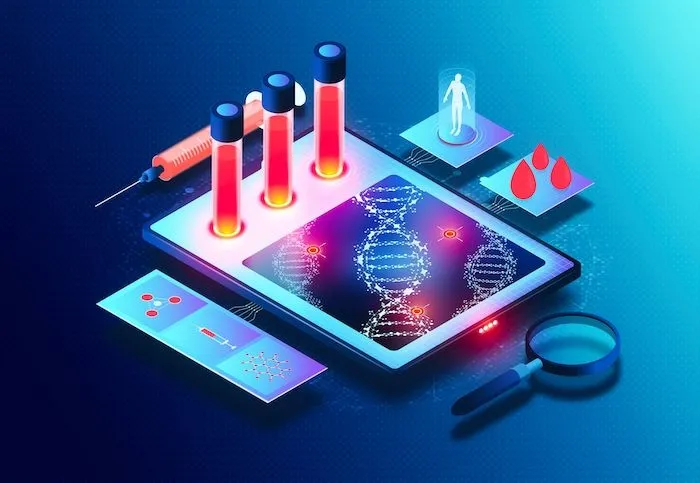Improving Diagnosis
Last updated on: 1/5/2025
Imagine a future where CLL is detected even earlier, and treatment is tailored precisely to your unique needs. That's the promise of advancements in diagnosis. For example:
- Next-generation sequencing (NGS) allows doctors to analyze the genetic makeup of CLL cells, identifying specific mutations that can inform and guide your treatment needs. This means receiving therapies that are most likely effective for your case. New NGS techniques are making this process faster, more sensitive, and cheaper, so in the future, it can be done routinely in every clinic for every patient.
- Advanced imaging techniques, such as PET-CT scans, provide a clearer picture of the extent of the CLL. This helps your healthcare team determine the most appropriate treatment approach and monitor your progress more accurately.
- Artificial intelligence (AI) could also revolutionize CLL diagnosis. AI can analyze vast amounts of data, including genetic information, blood tests, and imaging results, to identify early signs of CLL, stratify patients based on their risk of CLL progression, and predict prognosis. This could help healthcare providers with their workload, leading to earlier and faster diagnoses.
